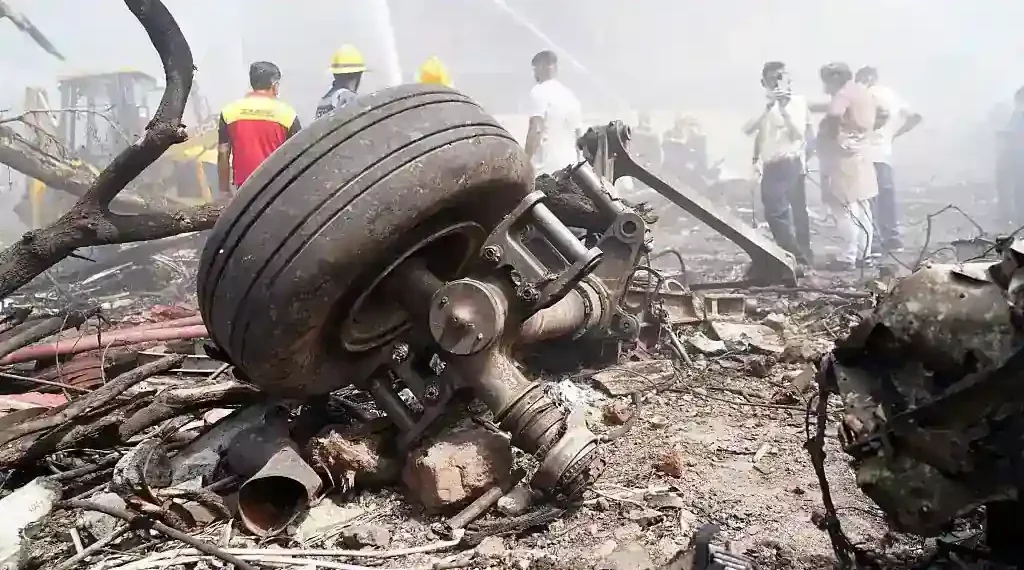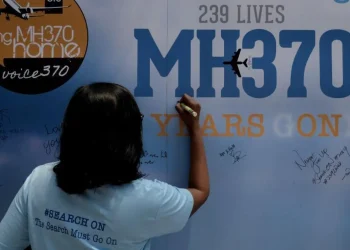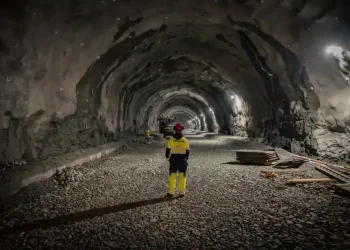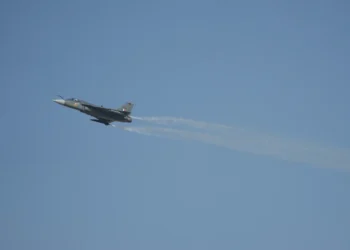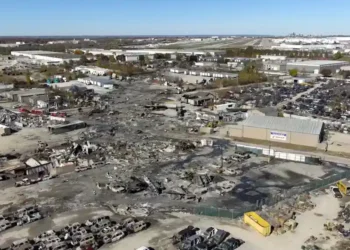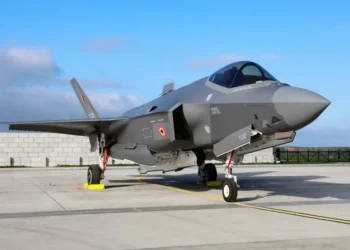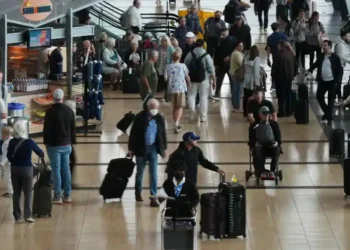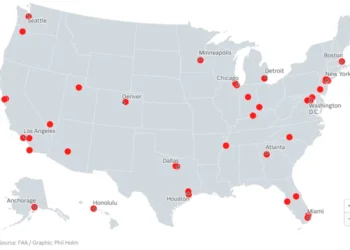How the Air India Crash Investigation Is Unfolding: What We Know So Far
Less than 40 seconds — that’s all the time Air India Flight 171 was in the air before it tragically crashed into a busy neighborhood in Ahmedabad, marking one of India’s most puzzling aviation disasters in recent years.
Now, investigators face the daunting challenge of piecing together what went wrong in those critical moments after takeoff. The plane, a Boeing 787 Dreamliner, was headed to London’s Gatwick Airport when it went down. Understanding the cause will involve painstaking analysis of the wreckage and decoding the cockpit voice and flight data recorders — often called the “black boxes.”
Under international rules set by the UN aviation body ICAO, a preliminary report is expected within 30 days, with a final report ideally ready within a year.
What Happened in Those First 40 Seconds?
The flight took off at 13:39 local time on Thursday, carrying 242 passengers and crew along with nearly 100 tonnes of fuel. Just moments after liftoff, a mayday call crackled over the radio — the last sound from the cockpit before the plane lost altitude and crashed, engulfed in flames.
Experts call this type of crash extremely rare. Captain Kishore Chinta, a former investigator with India’s Aircraft Accident Investigation Bureau (AAIB), said it’s “the rarest of the rare” cases — a controlled flight into terrain within seconds after takeoff, something almost unheard of in modern aviation.
What Could Have Gone Wrong?
The list of possibilities is long: Did both engines fail simultaneously due to bird strikes or contaminated fuel? Were the flaps not properly extended, which would reduce lift on a heavily loaded plane flying in hot conditions? Was there a maintenance error? Or did the crew unintentionally cut off fuel to the engines?
Investigators are methodically working through all these scenarios — and more. Air crash probes rely on piecing together physical evidence from the wreckage with the data recorded by the plane’s systems to build a clear picture of what happened.
The Crucial Role of the Engines and Black Boxes
The first big clues usually come from examining the engines. According to Peter Goelz, former managing director of the U.S. National Transportation Safety Board (NTSB), the way turbine blades are damaged reveals whether the engines were producing power at impact. If the engines weren’t running, the investigation will zero in on what happened in the cockpit.
That’s where the black boxes come in. Air India and Indian authorities confirmed that both the cockpit voice recorder and flight data recorder have been recovered. These devices capture everything from pilot conversations and radio calls to precise technical data: throttle settings, engine performance, flap positions, and even cockpit background sounds.
What Will the Data Reveal?
If the data shows the engines were running at full power, the investigation will shift focus to the flaps and slats — crucial surfaces on the wings that provide lift during takeoff and landing. If those were correctly positioned, the mystery deepens.
There’s also a possibility that a malfunction in the Boeing 787’s highly automated flight management system played a role. This system helps pilots navigate, manage performance, and optimize fuel efficiency. A systemic failure here could have serious implications not just for this flight but for the global fleet of more than 1,100 Boeing 787s in operation worldwide.
No Immediate Safety Concerns, But Questions Remain
So far, India’s civil aviation ministry says recent inspections of Air India’s Boeing 787 fleet haven’t revealed major safety issues. Boeing itself has deferred to Indian authorities and is cooperating with the investigation.
The probe is being led by Indian investigators with expert assistance from Boeing, engine manufacturer GE, Air India, and international bodies like the NTSB and the UK’s investigation agency.
The Long Road Ahead
Crash investigations are complex. As Goelz notes, “Teams can usually determine what happened fairly quickly, but understanding why it happened takes much longer.” Investigators will collect every piece of the wreckage — every wire, nut, and bolt — and carefully reconstruct the aircraft’s final moments. This could happen in a hangar or secure facility nearby.
Fuel systems will also be scrutinized to rule out contamination, while maintenance logs and communication data transmitted by the plane will be analyzed in detail. Pilot records, simulator training results, and past flight data will all be reviewed to understand how the crew handled previous emergencies.
Technology Is Changing the Way We Investigate Crashes
Thanks to advancements in flight data recording, today’s black boxes capture hundreds or even thousands of parameters every second — a huge leap from the early days of aviation when data was limited. This wealth of information is transforming how quickly and accurately investigators can uncover what went wrong.
What’s Next?
In the coming weeks, we can expect a preliminary report shedding light on early findings. But the full picture — why this seemingly routine flight ended in tragedy so quickly — may take months to fully understand.
One thing is clear: The investigation will be thorough, with experts leaving no stone unturned as they work to bring answers to the families affected and lessons for the aviation community worldwide.
This article was rewritten by JournosNews.com based on verified reporting from trusted sources. The content has been independently reviewed, fact-checked, and edited for accuracy, neutrality, tone, and global readability in accordance with Google News and AdSense standards.
All opinions, quotes, or statements from contributors, experts, or sourced organizations do not necessarily reflect the views of JournosNews.com. JournosNews.com maintains full editorial independence from any external funders, sponsors, or organizations.
Stay informed with JournosNews.com — your trusted source for verified global reporting and in-depth analysis. Follow us on Google News, BlueSky, and X for real-time updates.
